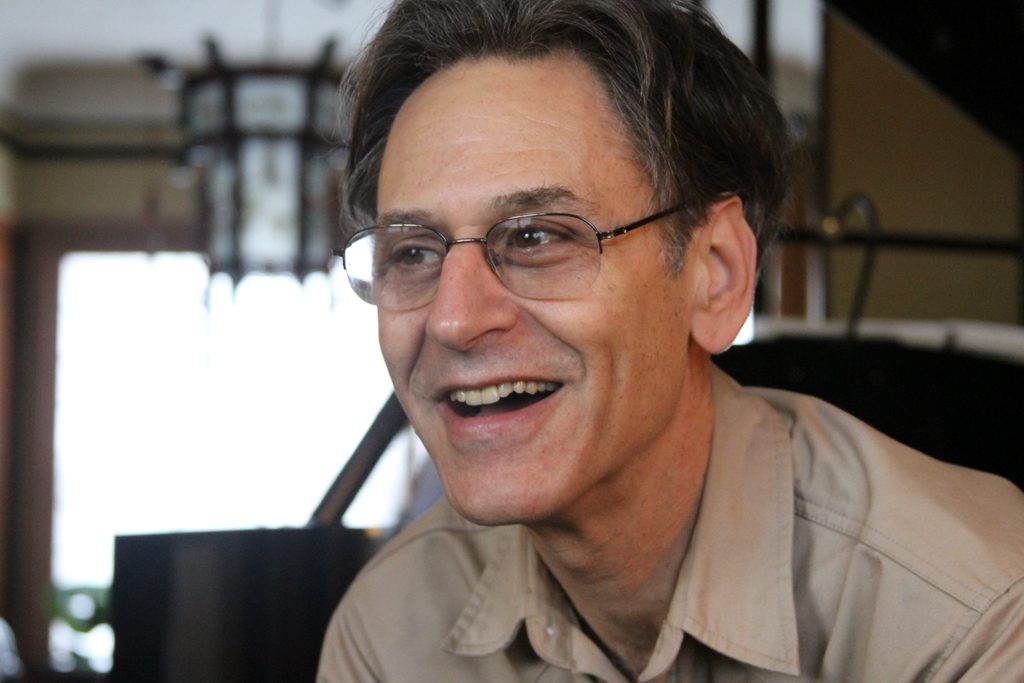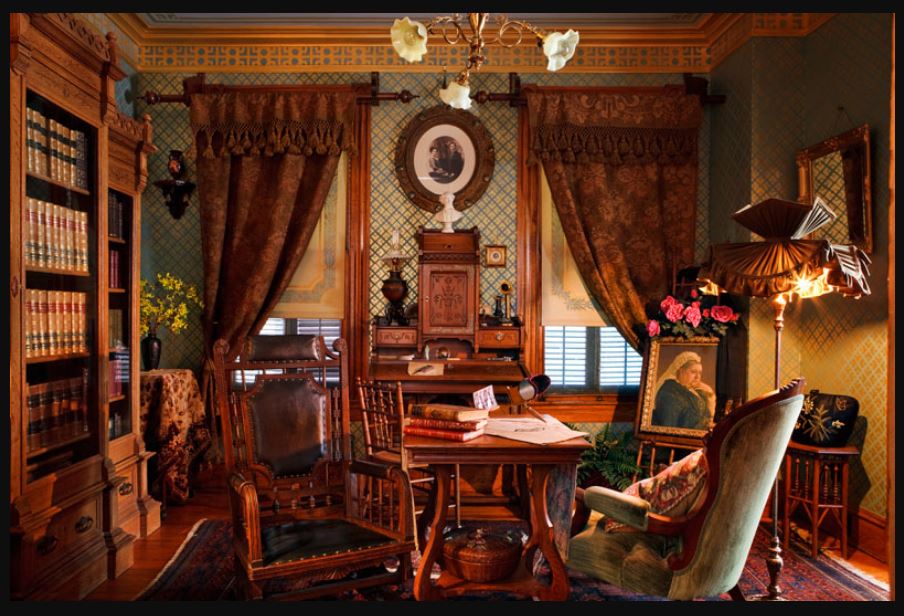Letter to the Editor
Jacob Schor, ND, FABNO
Our friend and mentor, Steve Austin, passed away late last winter, close enough to the Ides of March that he would have noticed and made a comment about it had he had been allowed the opportunity.

My contact with Dr Austin was sparse in recent years, and I regret having let that happen. It’s like when you put some special leftovers in your refrigerator to save for a special snack and, next thing you know, weeks have gone by and now the Tupperware contains only a microbiology experiment. I took such enormous pleasure in knowing Steve that I saved up my excuses to write him, and somehow held off for too long.
Our last conversation was in the late spring of the year the AANP conference was in Bellevue, WA, so that would have been 2012. Steve was on our schedule to be a keynote speaker, to do one of his phenomenal nutrition review lectures. We were hammering out the final financial negotiation. I think he was going to save money by taking the train up from Portland, OR, rather than flying. The AANP was being tight with expenses that year. Well, Dr Austin did a sudden about-face and changed his mind about the lecture. He explained that he had recently purchased a new piano and would rather be playing it than reading PubMed. I didn’t blame him in the least. I was a bit surprised, though, as I didn’t know he played the piano. There are a lot of things about people we don’t know.
It turns out that Steve was an accomplished jazz piano player. Friends of his tell me that they could always engage Steve in conversations about jazz and in listening to classical jazz music. He had an unsurpassed breadth of knowledge on jazz history. If you think he knew a lot about nutrition, that was nothing compared to what he knew about jazz. In fact, at his funeral a suggestion was made to send memorial donations to a group that sponsors jazz concerts.
Many of us were also unaware that Steve and his wife, Cathy Hitchcock, had a lifelong and very intense interest in what are called “historically correct house interiors.” Their own homes were works of art and they helped many other people develop a sensibility of interior house design by serving as historical consultants. Their work appeared in numerous home tours, books, and national magazines. They were featured on the television show, This Old House.
Steve and Cathy had every intention of retiring to Galveston, TX, and living happily ever after in a restored 1907 townhouse they had purchased. Making the big move, they drove to Texas in 2008. Their moving day coincided with the day Hurricane Ike struck Galveston. Ike flooded the city and their new home. While their belongings were in a moving van still heading for Texas, their house was badly damaged. Cathy and Steve survived and endured both the storm’s aftermath and the 2008 stock market crash. They restored their Texas house to its original Victorian perfection (Figures 1,2), even hand-stenciling wallpaper. But when done, the house was sold and they returned home to Portland.
Figure 1. Austin-Hitchcock Parlor, Galveston

Figure 2. Austin-Hitchcock Library, Galveston

It was in his capacity as a teacher, lecturer, and writer that most of us knew Dr Austin. He received bachelors degrees in psychology and human biology from Antioch College (Class of 1969). He graduated from the National College of Naturopathic Medicine (NCNM) in Portland, OR, in 1982. This was the class that attended their first 2 years of training at Kansas Newman College in Wichita, KS.
Dr Austin served on the faculties of 4 naturopathic colleges in North America. He taught nutrition at NCNM and Western States Chiropractic College, both in Portland. He also taught nutrition at Bastyr University in Seattle. He co-authored several books as well as edited several medical nutrition review journals, and acted as a consultant to the natural products industry.
He trained a generation of naturopathic physicians and chiropractors in nutritional science; many of us are still indebted to him for modeling a style of careful reading and data analytics that informs our practices to this day. Some of us are past subscribers to his monthly journal, Clinical Nutrition Updates. He went on to become a regular contributor to Don Brown’s Quarterly Review of Natural Medicine. He was on the original editorial board of the Natural Medicine Journal (NMJ). I still open and read one of his early NMJ articles when I sit down to write, in the hope of better emulating his style. It is only in hindsight that as I read his writing I think about his playing of jazz. Steve’s flow of ideas and the way he circles back around to a central theme, his rhythm of speech, his improvisation, the echoing melody of a central thought – all of these things now make me realize why I enjoyed listening to him speak or even to read his thinking: he was always playing music.
His 1994 book, co-authored with Cathy Hitchcock, Breast Cancer: What You Should Know (But May not Be Told) About Prevention, Diagnosis, and Treatment, recounted Cathy’s personal encounter with breast cancer. While the science may now be dated, the book retains its value, as it details the emotional impact and response both had to the experience. The deep and lasting concern Steve expressed between the lines still reads, at least to me, like a love story.
Steve’s voluminous knowledge of nutrition and his natural ability as a teacher led him to lecture at international nutrition conferences. As mentioned, for many years Steve alternated with Alan Gaby to give the keynote nutrition lecture at the annual AANP. Steve received a 2-hour speaking slot and never had trouble filling it or keeping people in the room longer if he ran over.
I have a 3-ring binder in which I’ve saved my copies of Dr Austin’s quarterly Clinical Nutrition Updates. They were initially printed in the AANP’s newsletter. Paul Bergner would repackage those columns and mail them to subscribers. Neither got rich from this project. This was back in the days when if you wanted to communicate with people, you purchased a bulk-mailing permit from the post office, printed mailing labels, and sorted your newsletter by zip codes. They did this for about 4 years; their subscriber list reached maybe 400 people, or at least that’s what Paul recalls.
I still have every issue and have been reading through them once again. They are scored with yellow highlighting. I used to study every paragraph. At the time, there was nowhere else to obtain this sort of refinement of information. The internet was still a thing of the future. I don’t know if PubMed even existed; if so, it certainly wasn’t free. Dr Austin’s words were prized possessions for this devoted reader. I may not have memorized every word, but I wasn’t far from it.
How much things have changed since then! I try to imagine if then was now. The closest equivalent to Dr Austin’s newsletters might be Josh Goldenberg’s Doctor’s Journal Club. But, of course, these are only online videos (https://drjournalclub.com/about-dr-goldenberg/). I suppose, where I once sat at my desk at night reading and highlighting, people now sit with a cell phone and watch Josh do this thing. While it seems to me that we have lost ground, the new tech version is more economical. We once paid money for that quarterly mailing.
I try to keep up with Josh’s updates in the same way I once did with Steve’s written newsletters. They are both like the homework assignments you actually look forward to doing. Of course, old cranky guys invariably admit (or at least pretend) to preferring the written word.
Paul Bergner in an email echoed my own thoughts about Steve Austin: “I learned a lot not just about the field, but about critical thinking in the scientific literature, and even about how to keep up weekly with research topics, which I have maintained ever since I learned the practice from him in the early 1990s. I consider him an important mentor…”
Steve had a lot of interests and did many things with great passion. Teaching us to think was just one of them.
Sincerely,
Dr Jacob Schor
Note: Memorial donations can be made to Preservation Hall (www.preshallfoundation.org) or to George Fendel Presents – jazz piano concerts at Classic Pianos (4320 SW Corbett Ave. #306, Portland, OR 97239). Include a note on the check stating “in memory of Steve Austin.”


